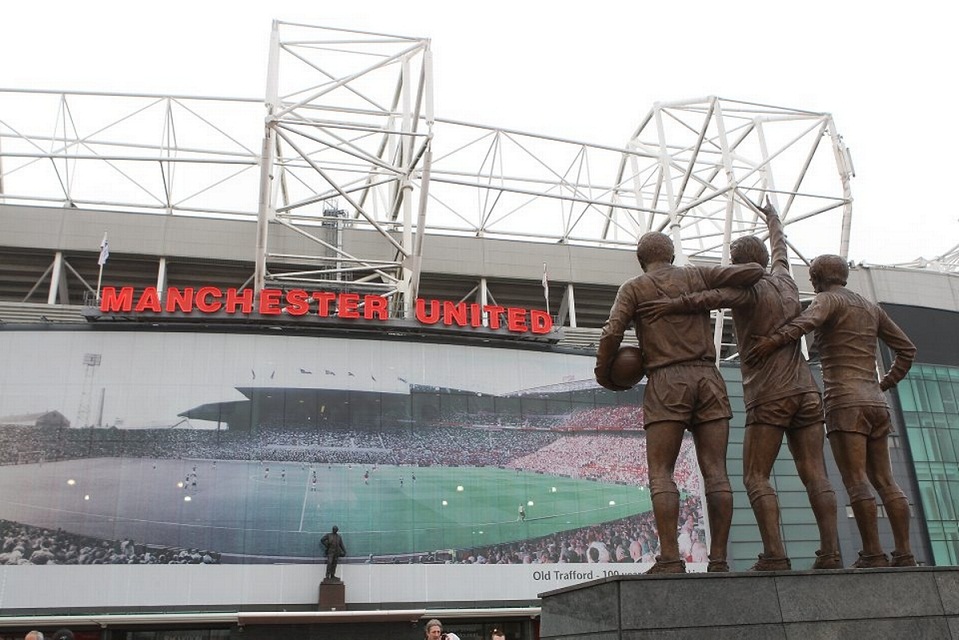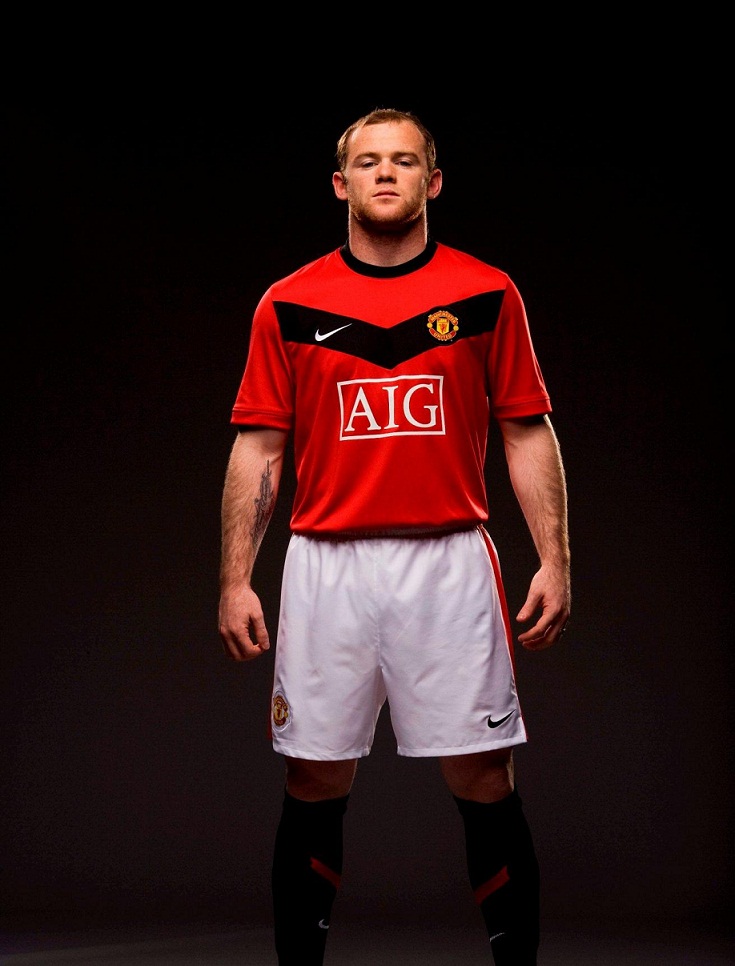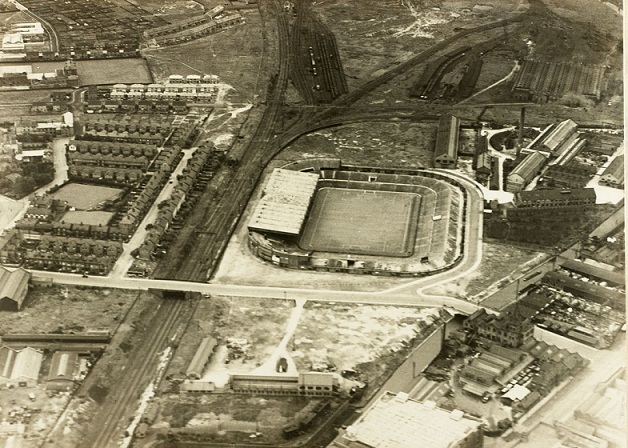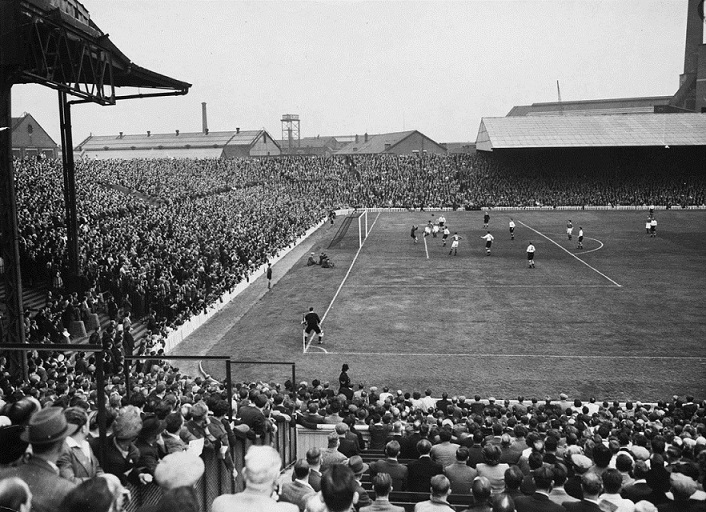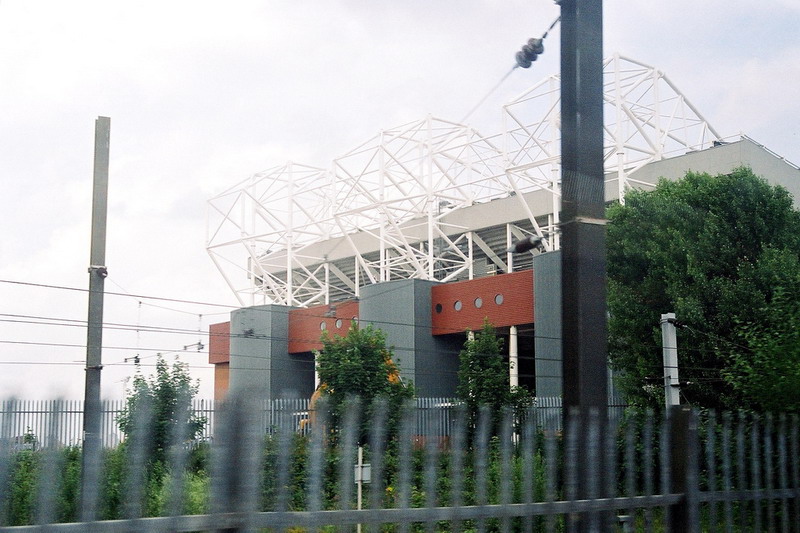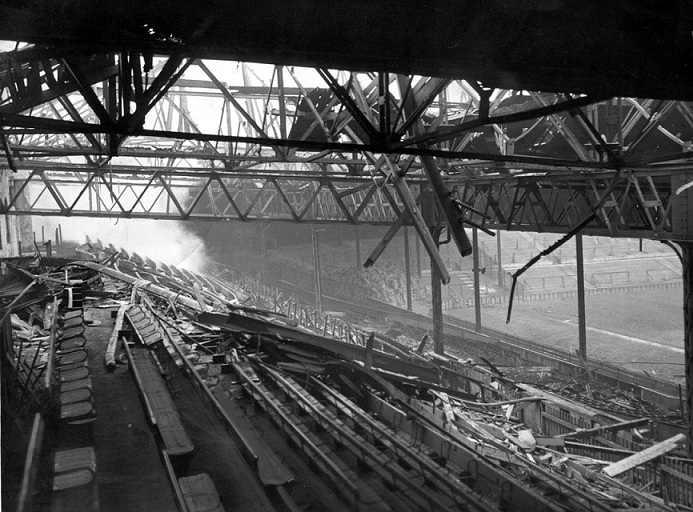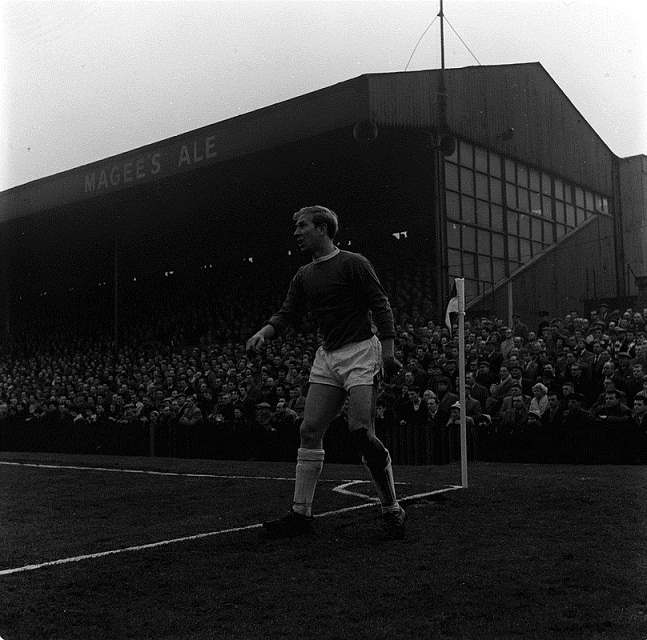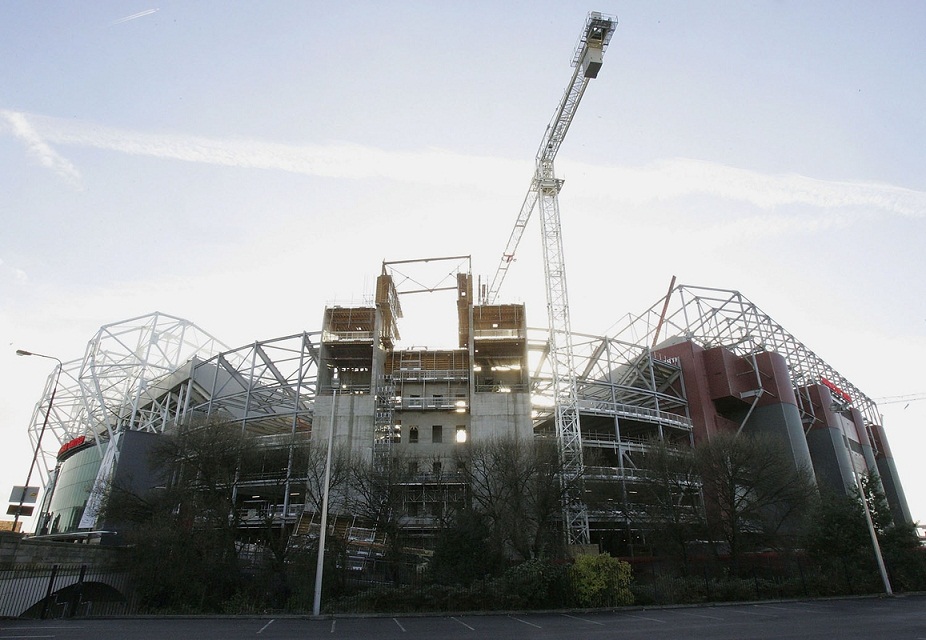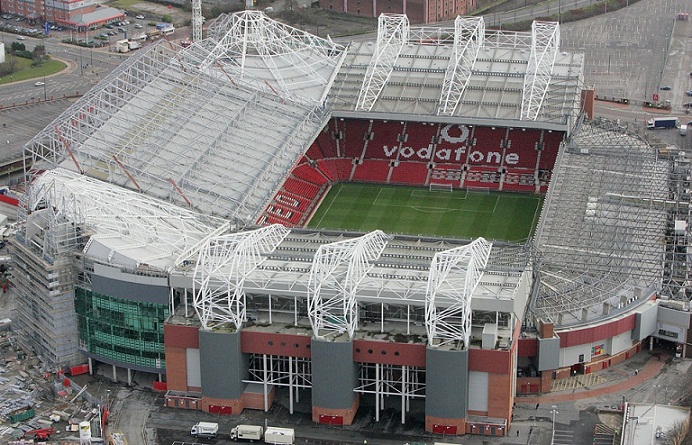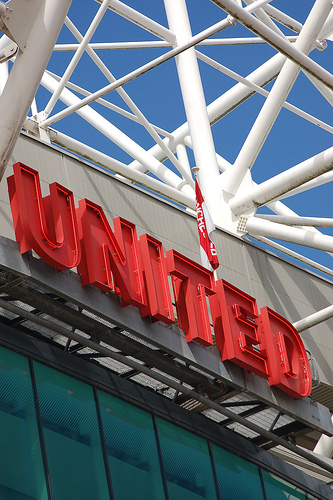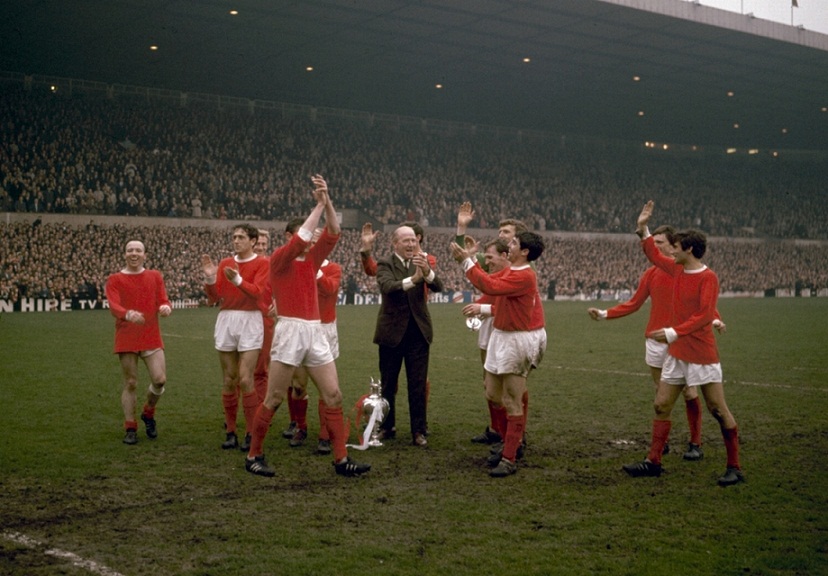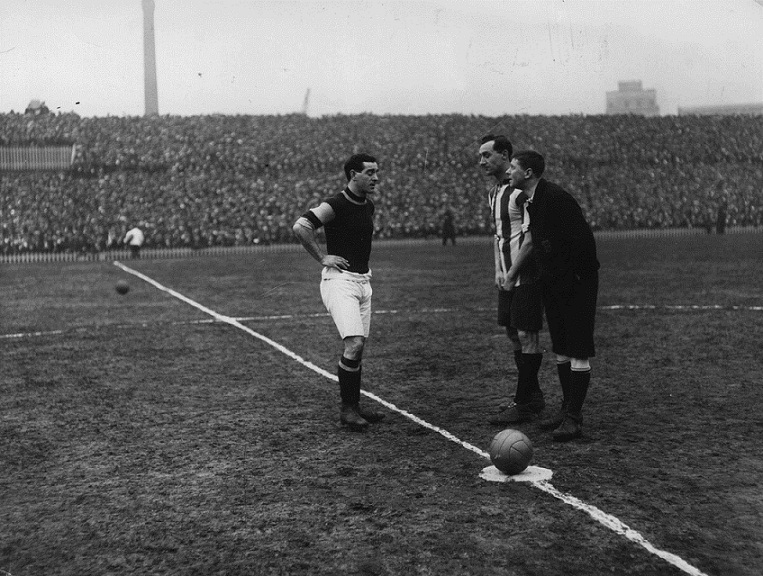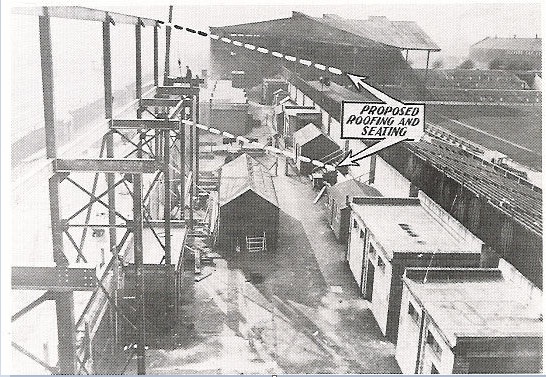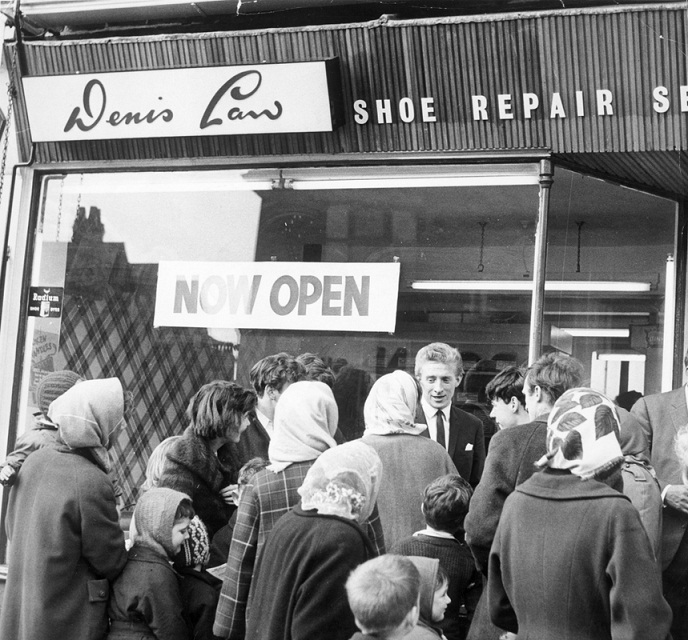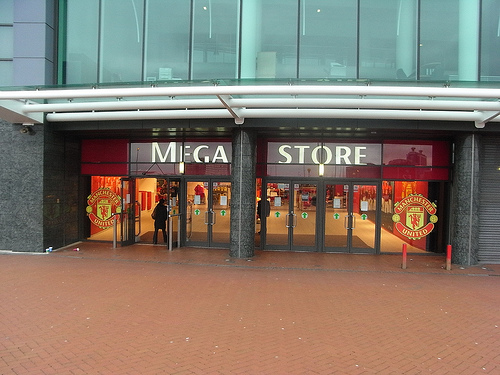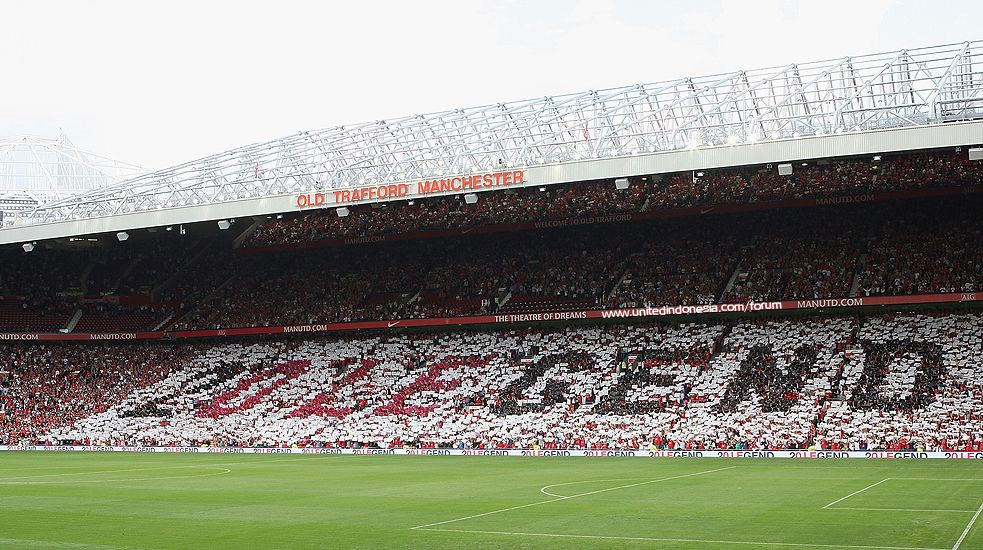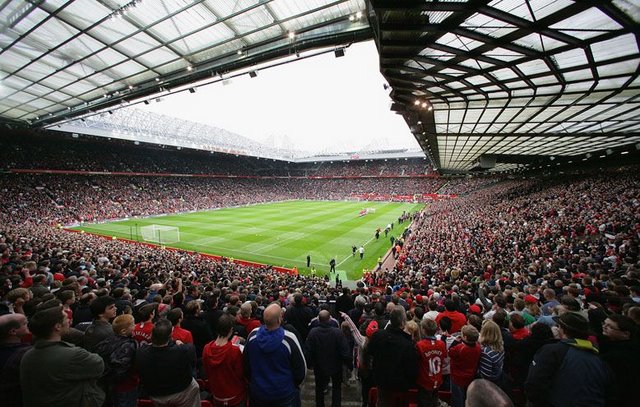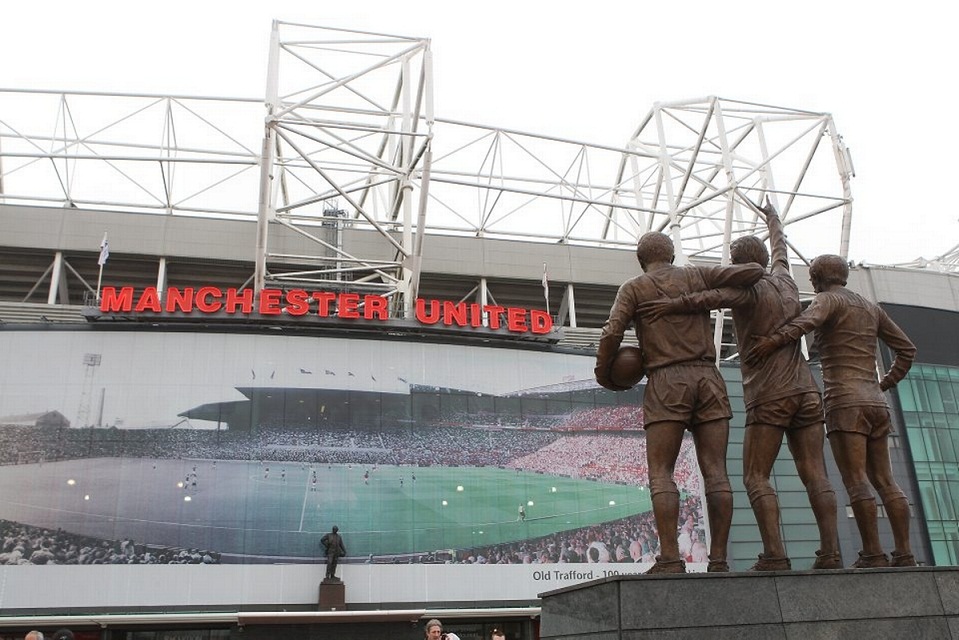 |
 ความคิดเห็นที่ 21
ความคิดเห็นที่ 21 |

The Beginning
As Newton Heath, United played at both North Road and Bank Street but as developments took place around the club, so did a stadium change. The name was changed to what we all know them by today, Manchester United and a plot of land was bought for what at the time was a very expensive at £60,000, and it was here that the home of the club would be constructed. In 1909, the build was complete and the end product was a stadium, terraced on 3 sides with a main stand, seated and under cover, which was the South stand and still to this day, remains the main stand. Designed by Archibald Leitch, a man also responsible for works at Ibrox, Hampden Park and White Hart Lane, had put forward plans for the stadium to be capable of holding a capacity of 100,000 although due to expenses the capacity had to be cut back to 60,000 which could stretch to 80,000 if need be. It was in this stadium where the highest ever recorded attendance at Old Trafford was taken and it came in a meeting between Wolverhampton Wanderers and Grimsby Town in an FA Cup semi-final, meaning that Manchester United don’t officially hold the highest attendance for within their own homeground. Wolves and Grimsby attracted a total of 76,962 spectators in March 1939 while the biggest number recorded at a United game is just short at 76,098 against Blackburn Rovers in March 2007. 1934 saw the replacement of the roofing over the South stand along with the adding of cover to the two South corners and partial covering of the North stand. The stadium was progressing well and more key developments were on the horizon but unfortunately.
| จากคุณ |
:
กระแตตาโต   
|
| เขียนเมื่อ |
:
19 ก.พ. 53 14:18:21
|
|
|
|
 |

